‘Car Sick’ by Lynn Sloman is easily one of my favorite books on car-dependence, walkability and shifting towards a more sustainable mobility paradigm.
Chapter 1 holds this gem of insight (among many gems):
“...even the better engineers and urban designers need help to tackle the problem of car dependence. The problem is not just one of road design; it is also a problem of our own thoughtlessness. Driving has become the normal, habitual, expected means of transport, and other options are not even considered. Engineers cannot tackle this. The sort of people who might be able to tackle it- schooled in psychology and behavioural science, familiar with the techniques of marketing and advertising, skilled in the art of persuasion- are few and far between in local council transport departments and are employed on short-term contracts with little back-up.“
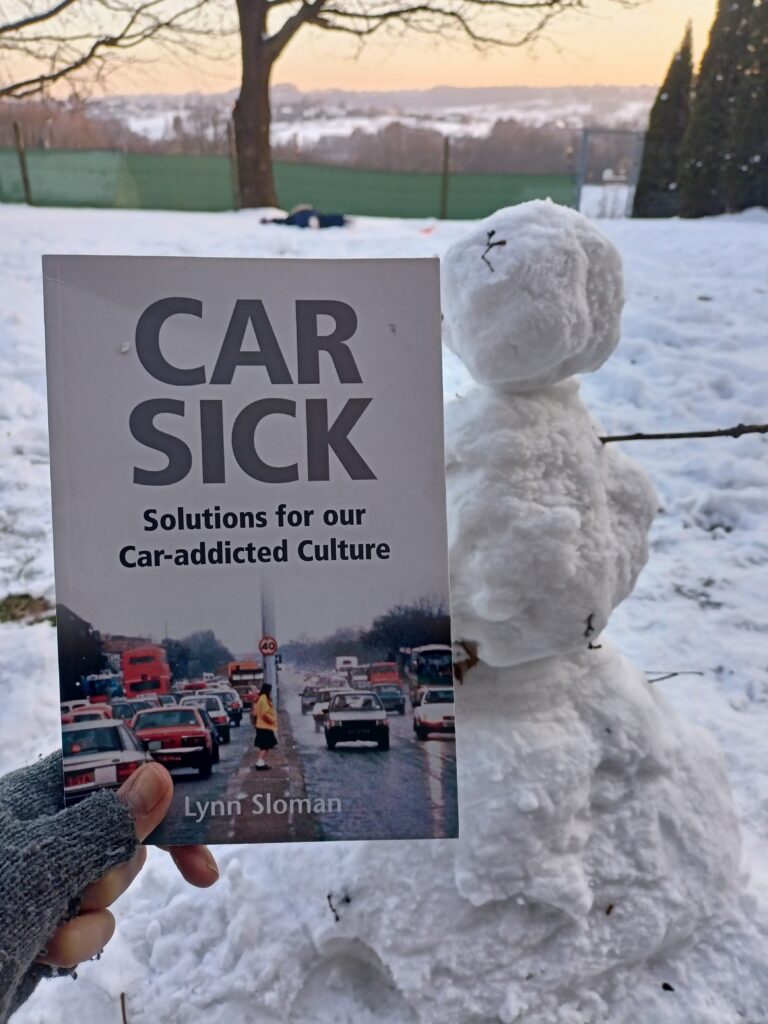
I photographed the below scene while out walking earlier this year with my daughter in our former neck of the woods- a semi-rural, suburban area of southern Poland where car dependence is extremely high.
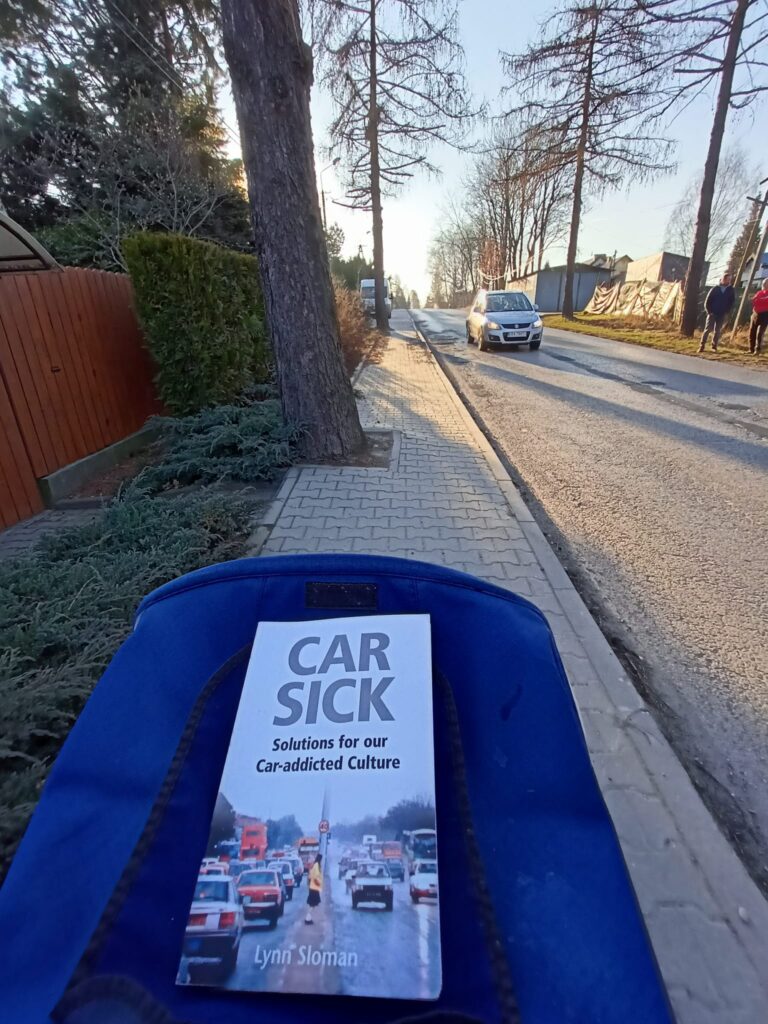
Like many such regions worldwide, pedestrian space could be improved and pedestrian mobility much more prioritized. There is one bus line going through the village at most once an hour (some hours not at all). From our observation – the full buses during peak travel times (which can span a few hours during both the morning and late afternoon/evening) indicate the dependence of locals on PT ad perhaps a need to increase frequency which could also increase ridership.
I know that I always prefer to walk or use PT rather than driving or being a passenger in a car, even in the suburban periphery where the car, for many, seems more convenient.
In Chapter 3 of ‘Car Sick‘, Sloman references psychologist Jillian Anable’s research on travel behavior of visitors to two National Trust properties in north-west of England. Sloman writes: “It is often said that we have a ‘love affair’ with the car, but Jillian Anable’s research suggests that this is only true for a minority of people and that most people are far more flexible in the travel decisions than might be imagined. The potential for soft and small-scale solutions to make a difference is therefore great ” (Chapter 3: Soft, small, stubborn: principles of de-motorisation)
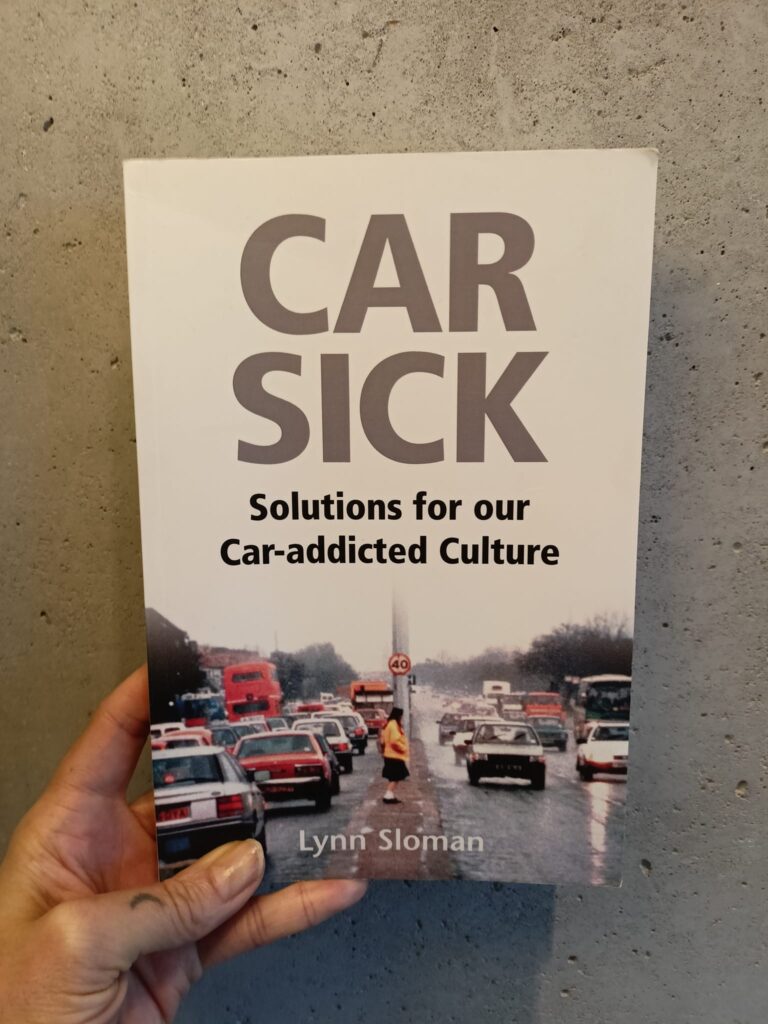
Sloman goes on to reference research done by psychologist Jill Able in which she carried out detailed surveys of over 600 visitors to two National Trust properties in the north-west of England about their attitudes, values and preferred modes of travel.
She found the visitors divided clearly into 6 groups with different psychological profiles:
• Malcontented Motorists (felt guilty about car use, frustrated with congestion and felt they have moral responsibility to use car less (30% of respondents)
• Aspiring Environmentalists: see many negatives with car as well as certain practical advantages, so are reluctant to give up car use completely but focus on cutting back (18% of respondents)
• Complacent Car Addicts: see no problem with car use, no incentive for driving less, not particularly attached to car but no motivation to behave differently (26% of respondents)
• Diehard Drivers: love their cars, enjoy car travel, care about what car they drive and the right to drive (19% of respondents)
• Carless Crusaders: very concerned about environment, positive perception about other modes of travel (4% of respondents)
• Reluctant Riders: involuntary users of public transport due to not being able to afford car or not being able to drive for health reasons, not motivated by environmental issues, would like to have greater access to car. (3% of respondents)
Anable’s research also suggests that some groups are easier to influence- about half are very difficult to sway away from car use (the diehard drivers ánd complacent car addicts) while the malcontented motorists and aspiring environmentalists have different attitudes and values and are more prone to change their behavior and be easier to influence.
Sloman writes: “The lesson is clear- we may not be able to persuade everybody to abandon their car and take the bus or bike instead, but there are enough people who are receptive to doing this to make the effort worthwhile.”
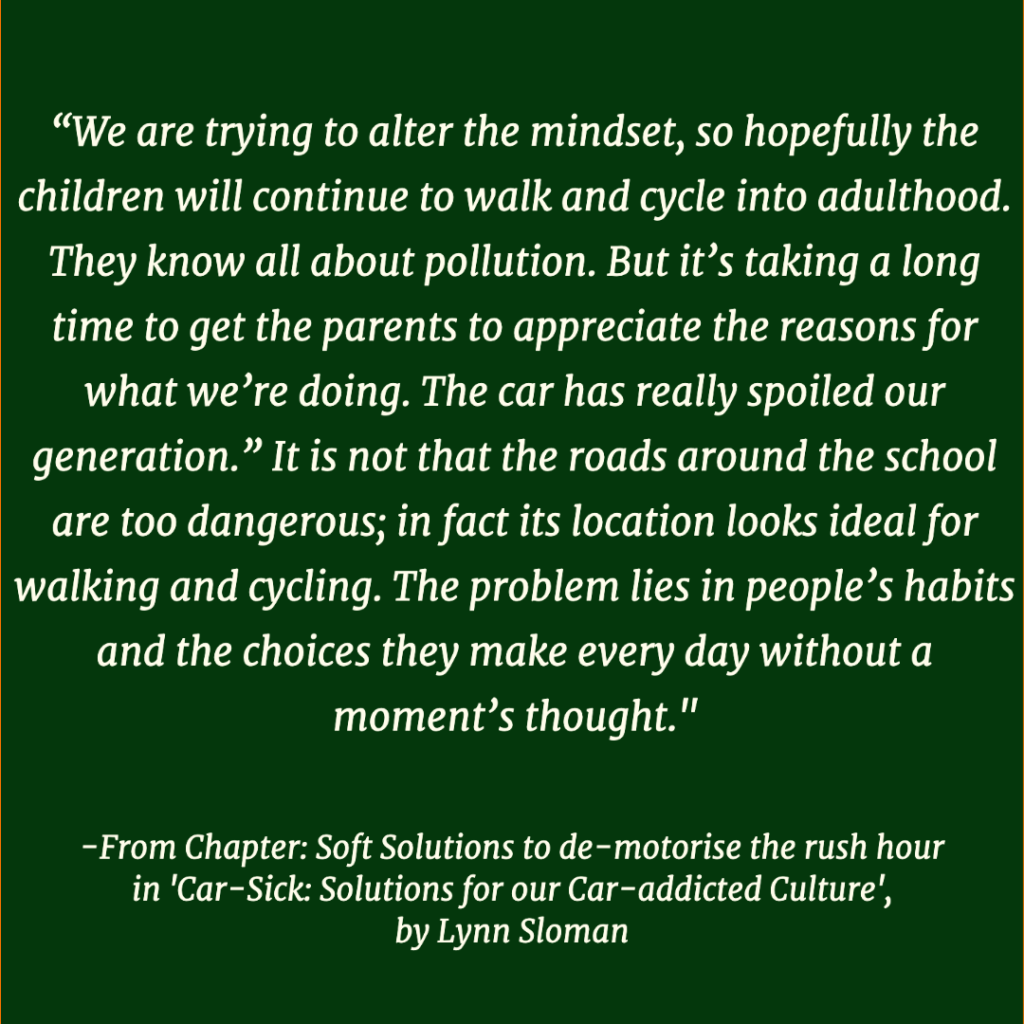
“...think of all those people you know who would not be seen dead on the bus, but who happily climb aboard a courtesy hotel-to-airport minibus when they are on holiday. What is the difference? It is to do with image and information – the soft psychological factors again. Get those right and people feel good about catching a bus.”
– From Chapter ‘Better public transport: or why buses run around empty‘
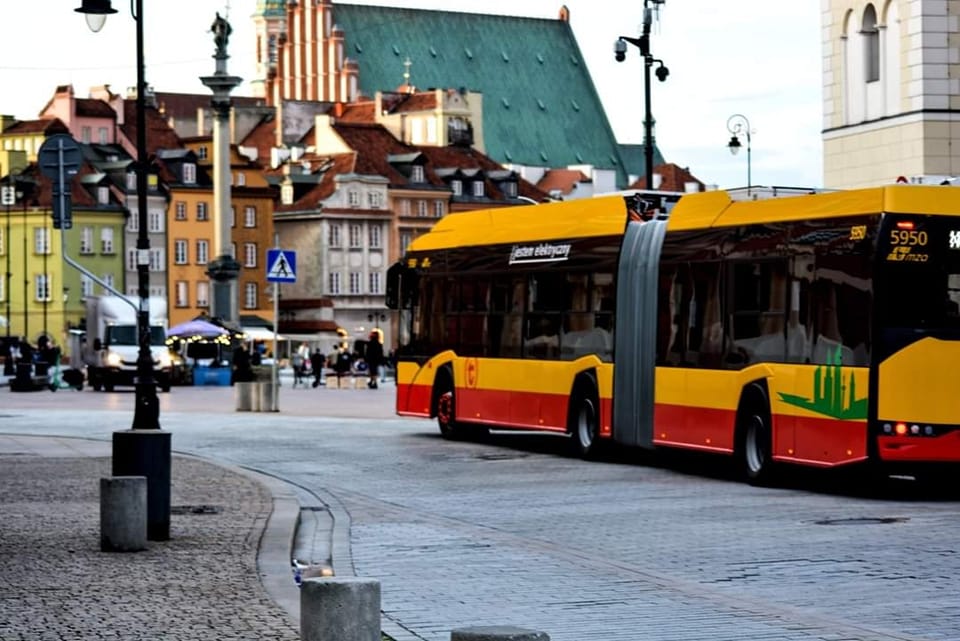
“…the car city is a recent phenomenon. It has existed for a little over fifty years, as compared with the 10,000 year history of the walking city. As far as the history of humankind is concerned, it is an oddity, and one that our ancestors managed well without. In Europe, much of the urban landscape retains the characteristics of the walking city or public transport city, although that is changing.”
-‘Car Sick’: Solutions for our Car-addicted Culture’ by Lynn Sloman
‘Car sick’ is easily one of my top references and valued reads on issues of auto-dependence and shifting the mobility paradigm to more sustainable modes!
-Annika Lundkvist, Founder & Editor at Pedestrian Space

